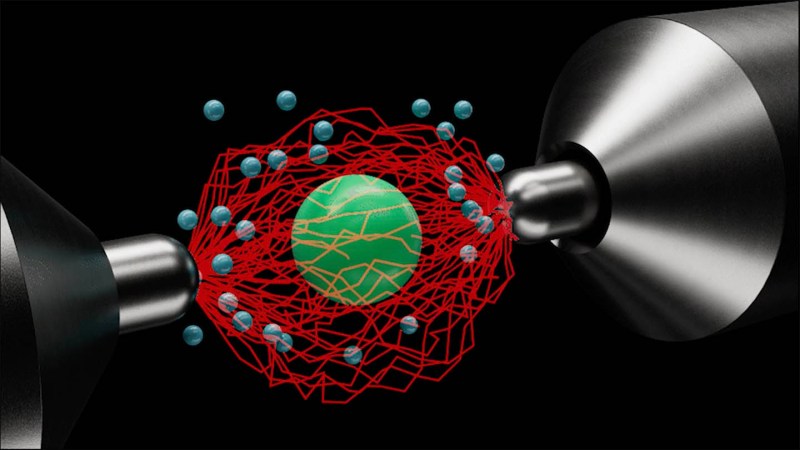Researchers have developed an innovative engine using a tiny glass sphere that behaves as if it reaches temperatures comparable to the core of the sun. The sphere measures just 5 micrometers across and is levitated in a near-vacuum by an electric field. This unique setup allows the sphere to exhibit properties akin to those of a heat engine, achieving an effective temperature of approximately 13 million Celsius.
The findings, detailed in a forthcoming paper in Physical Review Letters, highlight the unusual physics of extreme temperatures at the microscale. According to physicist James Millen from King’s College London, the sphere’s movement mimics that of an object placed in a gas at such high temperatures. “It moves around like crazy,” he noted, emphasizing the remarkable behavior of this minuscule engine.
Understanding Engine Efficiency at the Microscale
The effective temperature of this glass sphere relies on its overall motion rather than the individual molecular activity that typically defines temperature. This distinction is critical for understanding how small-scale engines can operate efficiently. The efficiency of the glass sphere engine is particularly impressive, as it achieved a hot-to-cold temperature ratio of about 100, compared to a typical commercial engine’s maximum of around 3.
Physicist John Bechhoefer from Simon Fraser University praised the achievement, stating that producing effective temperatures of this magnitude at such a small scale is exceptional. The research team observed that the properties of the engine fluctuated considerably, with efficiency ranging from 10 percent to 200 percent. At times, the engine even ran in reverse, cooling instead of heating.
Applications and Implications for Biological Research
This groundbreaking engine offers a valuable platform for exploring the dynamics of microscale engines, particularly in biological contexts. The researchers aim to study tiny biological engines, such as kinesin, a motor protein that transports cargo within cells. The insights gained from this research could enhance our understanding of cellular processes, including protein folding.
Millen described the tiny glass sphere as an ideal analog of an engine, one that allows scientists to manipulate and study the behavior of such diminutive devices. The phenomenon known as position-dependent diffusion, where the temperature experienced by the sphere changes based on its location within the electric field, holds significant relevance for various biological functions.
Physicist Uroš Delić from TU Wien noted the significance of combining extreme temperature, a high temperature ratio, and position-dependent diffusion in a single experiment. “This work combines all three, so that’s quite cool — or hot,” he remarked, highlighting the broader implications of this research.
As science continues to unravel the complexities of thermodynamics at the microscale, this innovative engine stands as a testament to the potential for future discoveries that could reshape our understanding of both physics and biology.







